The case centered around Elster’s attempt to trademark a phrase mocking former President Donald Trump. The Patent and Trademark Office (PTO) denied the registration, citing lack of consent from Trump.
Elster claimed this violated his First Amendment rights, but the Supreme Court ruled in favor of the PTO. The case quickly shifted from a trademark issue to a First Amendment case once legal action was taken. Elster argued that the PTO’s rejection infringed upon his freedom of speech.
Unanimous Decision
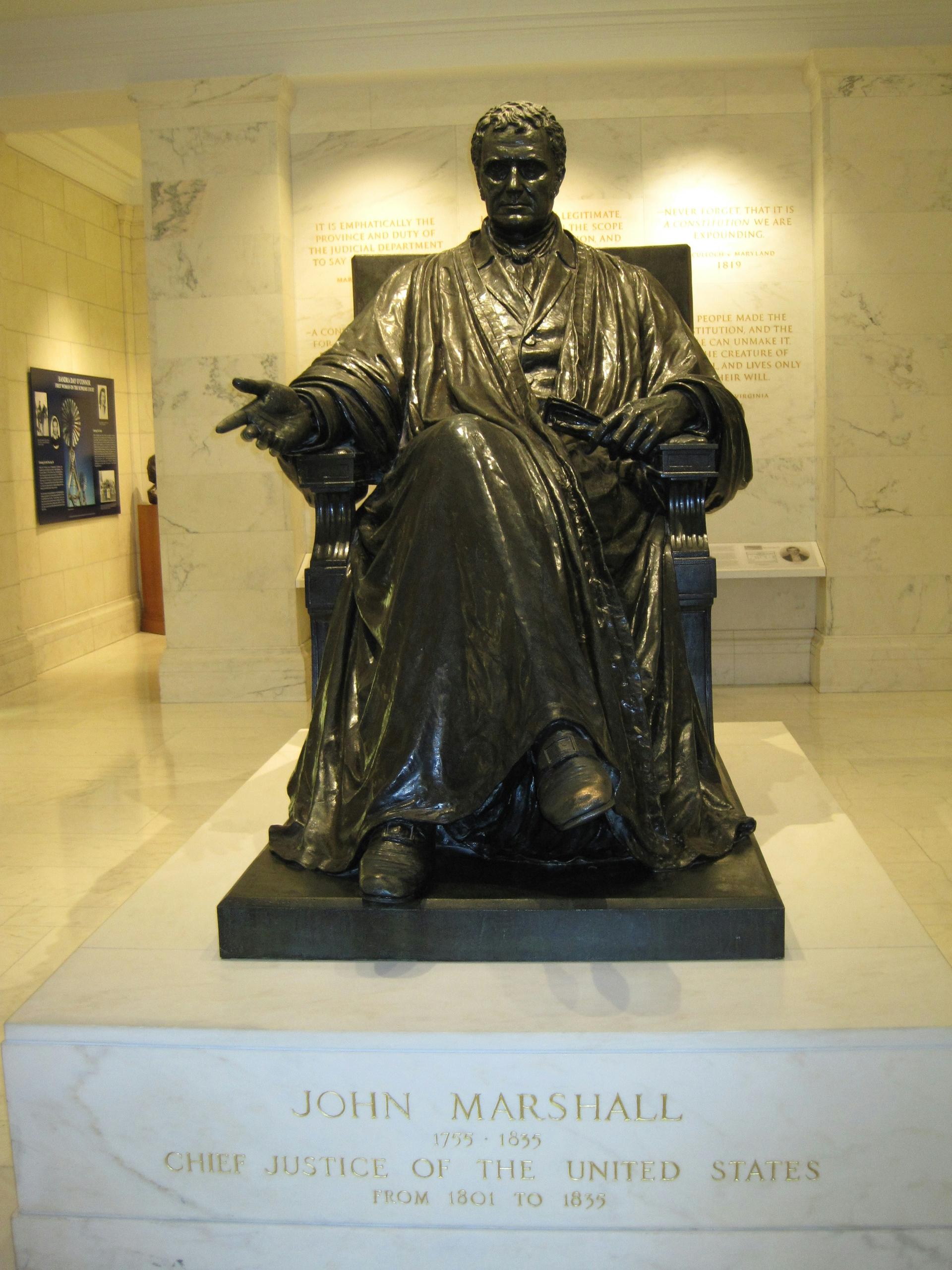
The Supreme Court unanimously rejected Elster’s claims against the PTO’s decision. Despite the unanimous ruling, opinions differed among the justices regarding the reasoning behind the decision.
These differing opinions led to a majority opinion authored by Justice Thomas and a concurring opinion from Justice Barrett. The justices agreed on the outcome but disagreed on the legal rationale and interpretation.
Thomas’ Majority Opinion
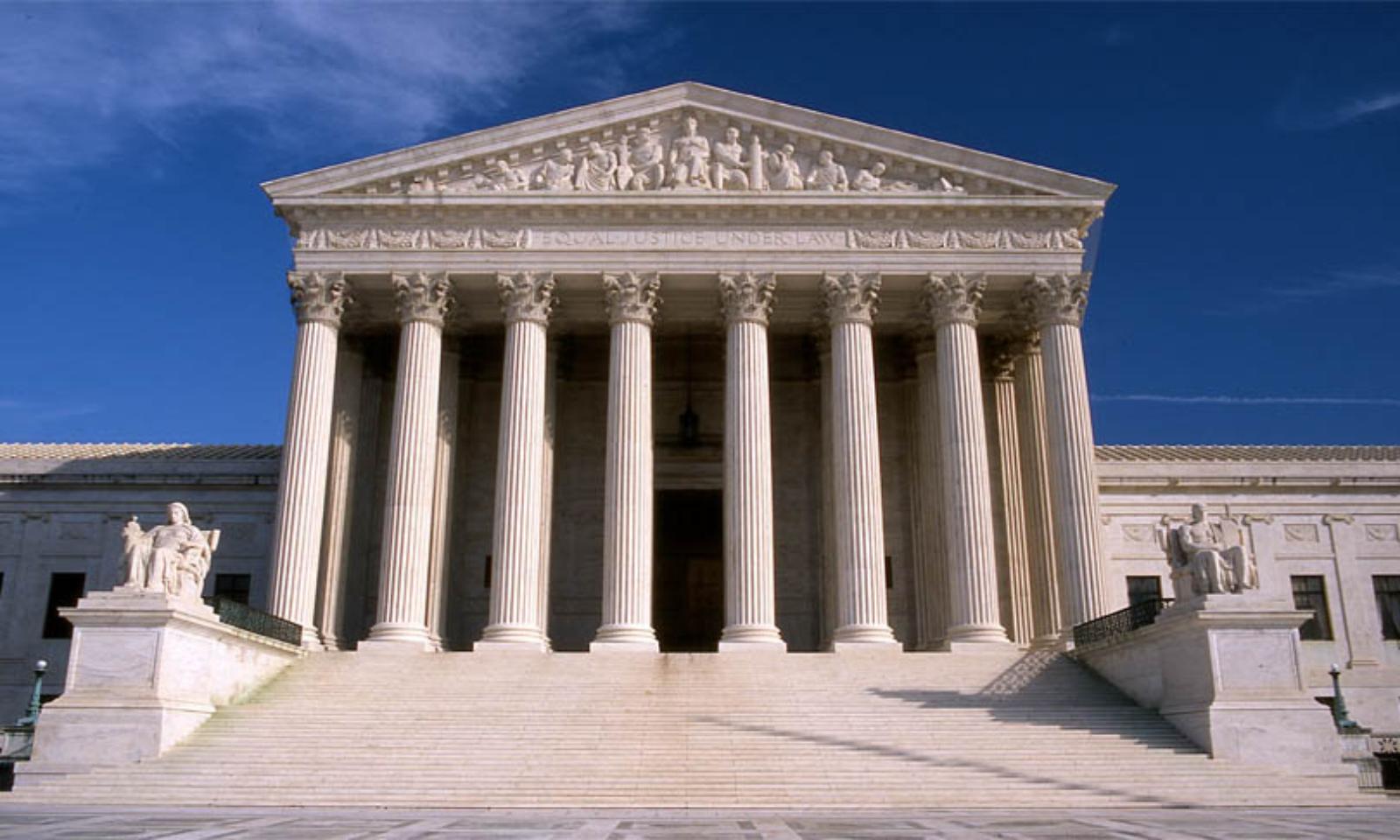
In his majority opinion, Justice Thomas argued that the PTO’s rejection was content-based, not viewpoint-based. He reasoned that the rejection was based on the use of a person’s name in the trademark.
Thomas contended that content-based restrictions are permissible under the First Amendment, while viewpoint-based restrictions would violate free speech rights. He cited the development of federal trademark laws and their role in providing national uniformity as historical context.
Barrett’s Concurrence

Justice Barrett refuted Thomas’ reliance on historical precedents from the late 19th and early 20th centuries. She argued that these examples were only loosely related to the current case and could not establish a solid precedent.
Barrett disagreed with Thomas’ interpretation of the legal framework and his characterization of her argument. She emphasized the need for a more nuanced analysis based on the specific facts of the case.
Content vs. Viewpoint
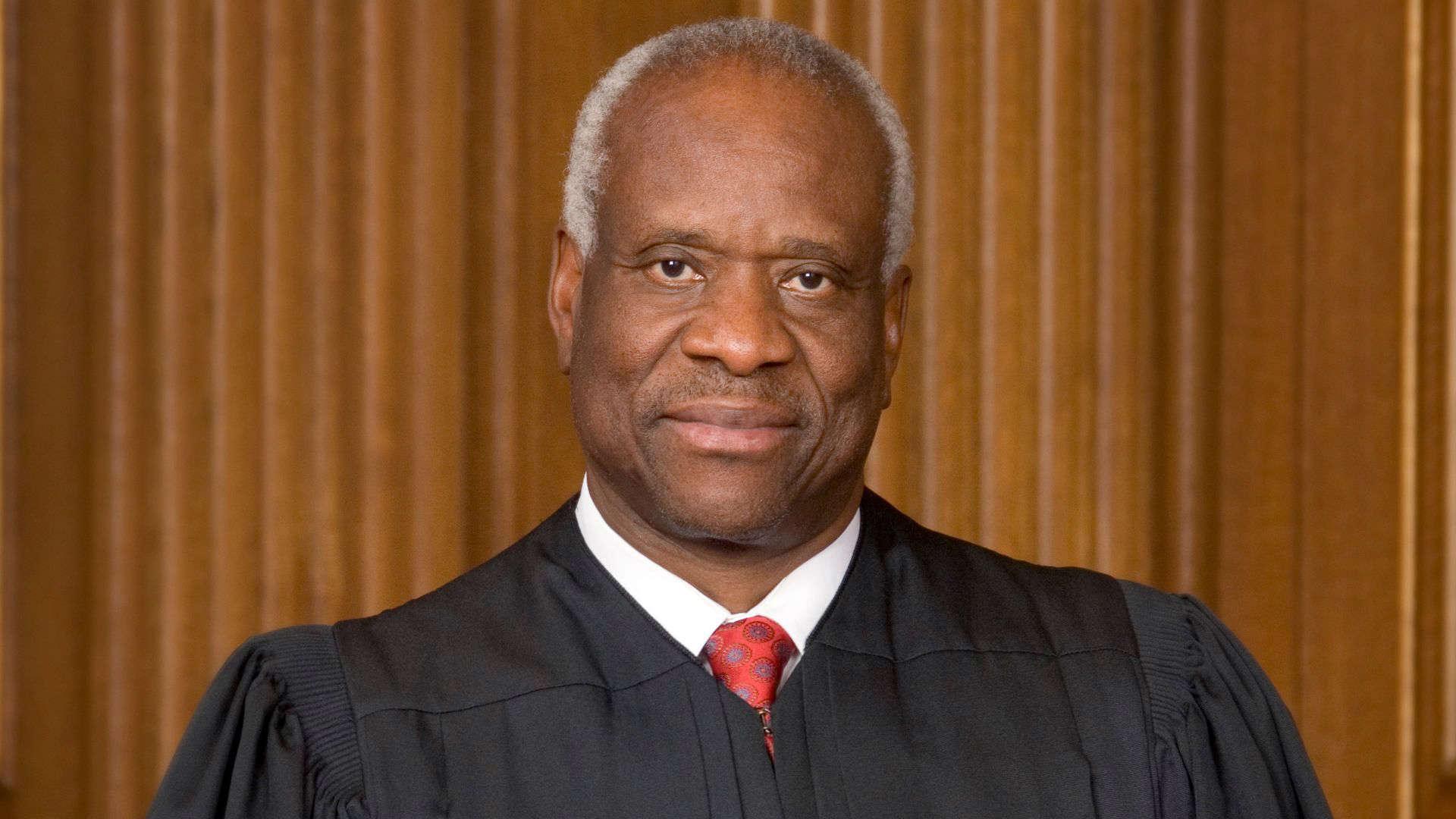
The central issue in the case revolved around whether the PTO’s rejection constituted a content-based or viewpoint-based restriction. Content-based restrictions are generally permissible under the First Amendment.
While viewpoint-based restrictions are considered unconstitutional infringements on free speech. The court had to determine whether the PTO’s decision was based on the content (use of a person’s name) or the viewpoint expressed in the trademark.
Consent and Names

The PTO denied Elster’s trademark registration because he had not obtained consent from Donald Trump. According to trademark laws, any trademark that clearly identifies a particular living individual requires consent from that person.
Since Elster’s proposed trademark would mock Trump without his consent, the PTO rejected the registration. The requirement for consent when using an individual’s name in a trademark was a key factor in the case.
First Amendment Implications
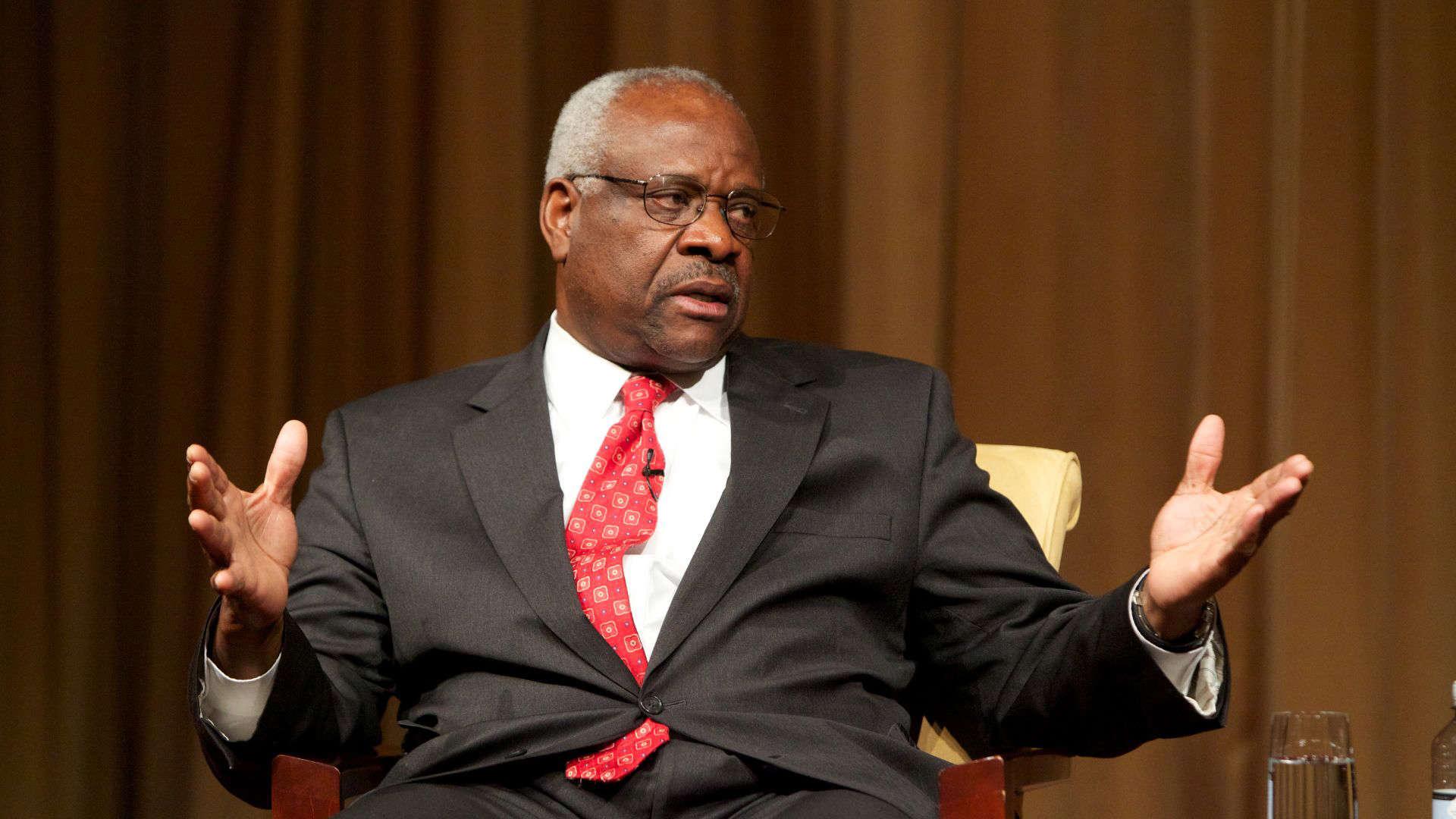
The case raised important questions about the scope and limits of First Amendment protections for trademarks. It addressed the balance between an individual’s right to free speech.
The government’s interest in regulating trademarks to protect personal names and identities. The decision had implications for how trademark law intersects with First Amendment rights, particularly regarding the use of living individuals’ names.
Historical Context
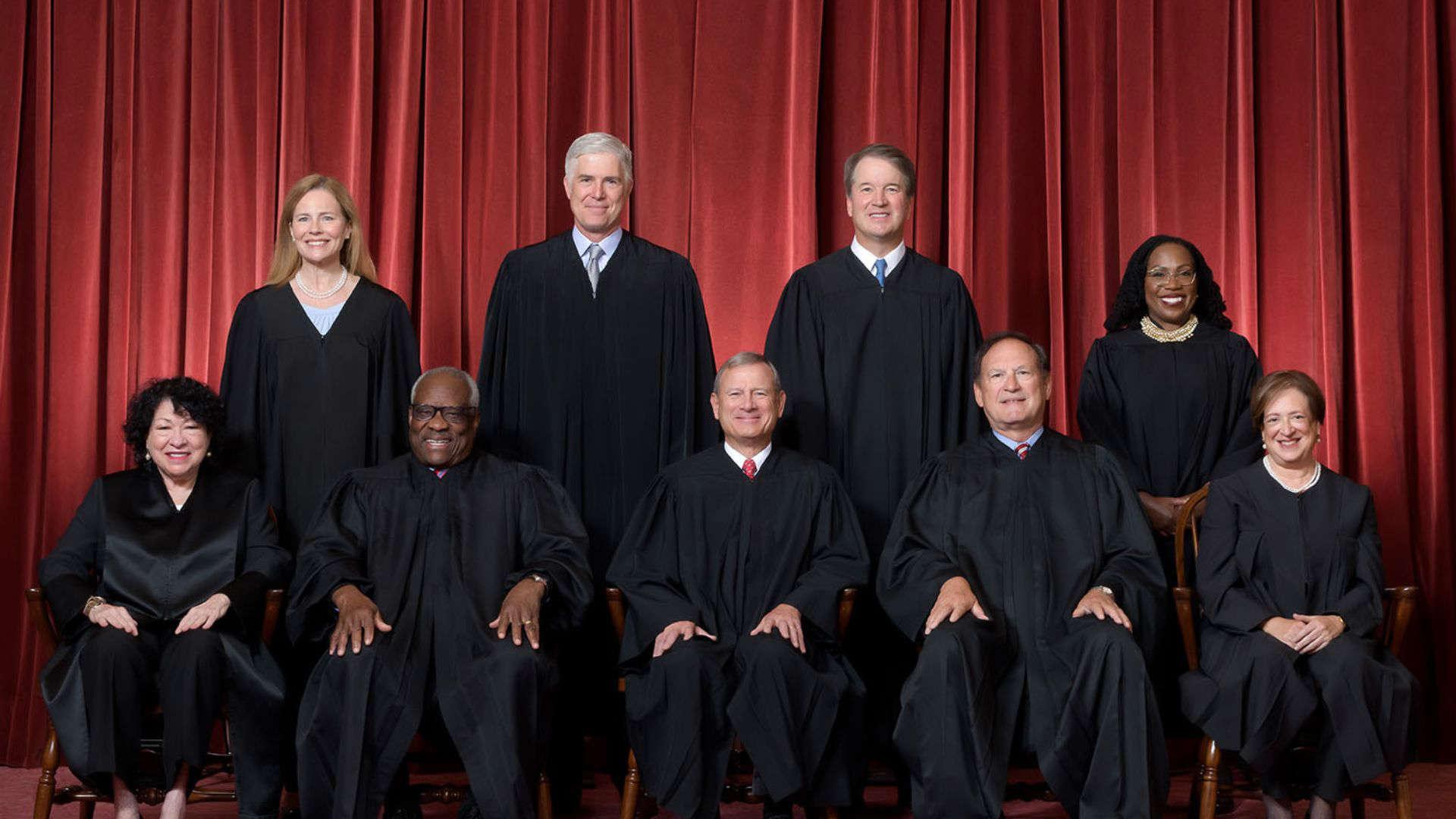
Thomas and Barrett disagreed on the relevance and weight of historical context in this case. Thomas cited the development of federal trademark laws and their role in providing national uniformity as historical evidence supporting the PTO’s decision.
However, Barrett argued that examples from the late 19th and early 20th centuries were too loosely related to establish a solid precedent for the current case.
Concurring Opinions

While Barrett agreed with the overall decision to reject Elster’s claims, her concurring opinion highlighted her disagreement with Thomas’ reasoning and interpretation of the legal framework.
Concurring opinions allow justices to express their agreement with the outcome while articulating their differing viewpoints on the legal rationale. This case demonstrated the importance of concurring opinions in judicial discourse and decision-making.
Ongoing Debate

The differing opinions expressed in this case suggest that the issue of balancing trademark rights and First Amendment freedoms will continue to be a subject of debate and legal analysis in future cases. As new situations arise, courts will have to navigate the nuances of trademark law and free speech protections.
The case highlighted the complex intersection between trademark law and free speech rights protected by the First Amendment. The court had to balance the government’s interest in regulating trademarks and protecting personal identities against an individual’s right to freedom of expression.

